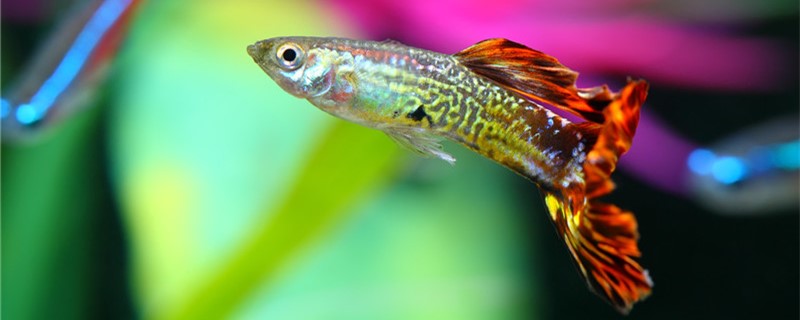
1. Disturbance: The mother fish is frightened by the outside world when she is about to give birth, or her hiding place is destroyed. This will make it panic and lead to dystocia.
2. Abrupt Environmental Change: The environment in which it is located changes repeatedly. This can make it difficult for the mother fish to adapt to the environment, leading to dystocia. Environmental variability is generally caused by constant changes in water quality and temperature. For example, the temperature suddenly increases or decreases, and the PH value of water fluctuates. This will cause the mother fish dystocia.
1. Heating and cooling: Use the heating rod to raise the temperature in the fish tank, and then take out the heating rod after a period of time to let the temperature drop slowly. After cooling, heating with a heating rod, and repeating. This can ensure that the temperature will not increase or decrease suddenly, and at the same time stimulate the production of female fish.
2. Artificial extrusion: When the mother fish can not complete its own production, it can be assisted artificially. The specific operation is to gently press its abdomen from beginning to end. Small fish can be squeezed out by external force. After squeezing out some of the small fish, the mother fish is no longer difficult to give birth. At this point, the extrusion should be stopped and allowed to do the rest of the production itself.
3. Cut open the belly of the female fish, take out the small fish, and then sew up the abdomen of the female fish. However, caesarean section can easily lead to the death of female fish, so it is best not to use this way to assist childbirth.